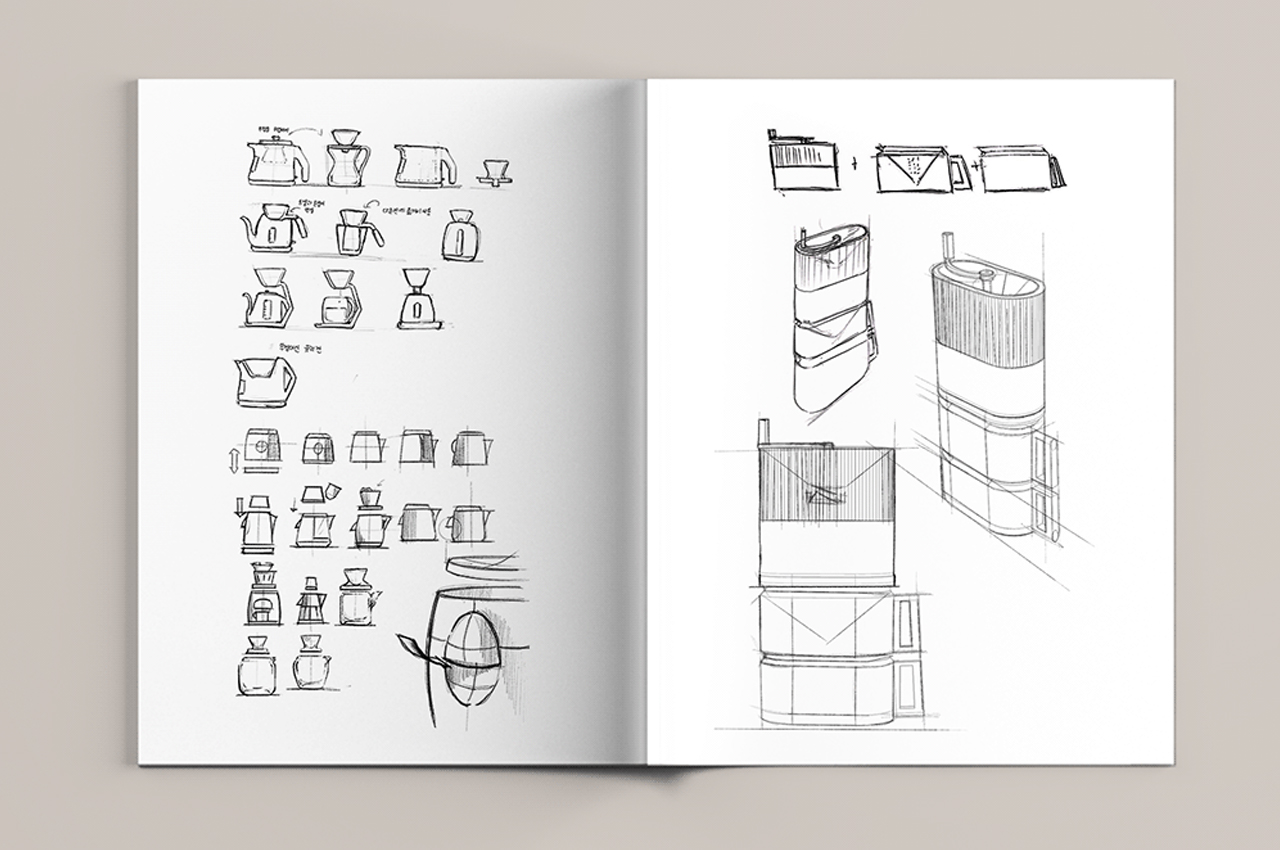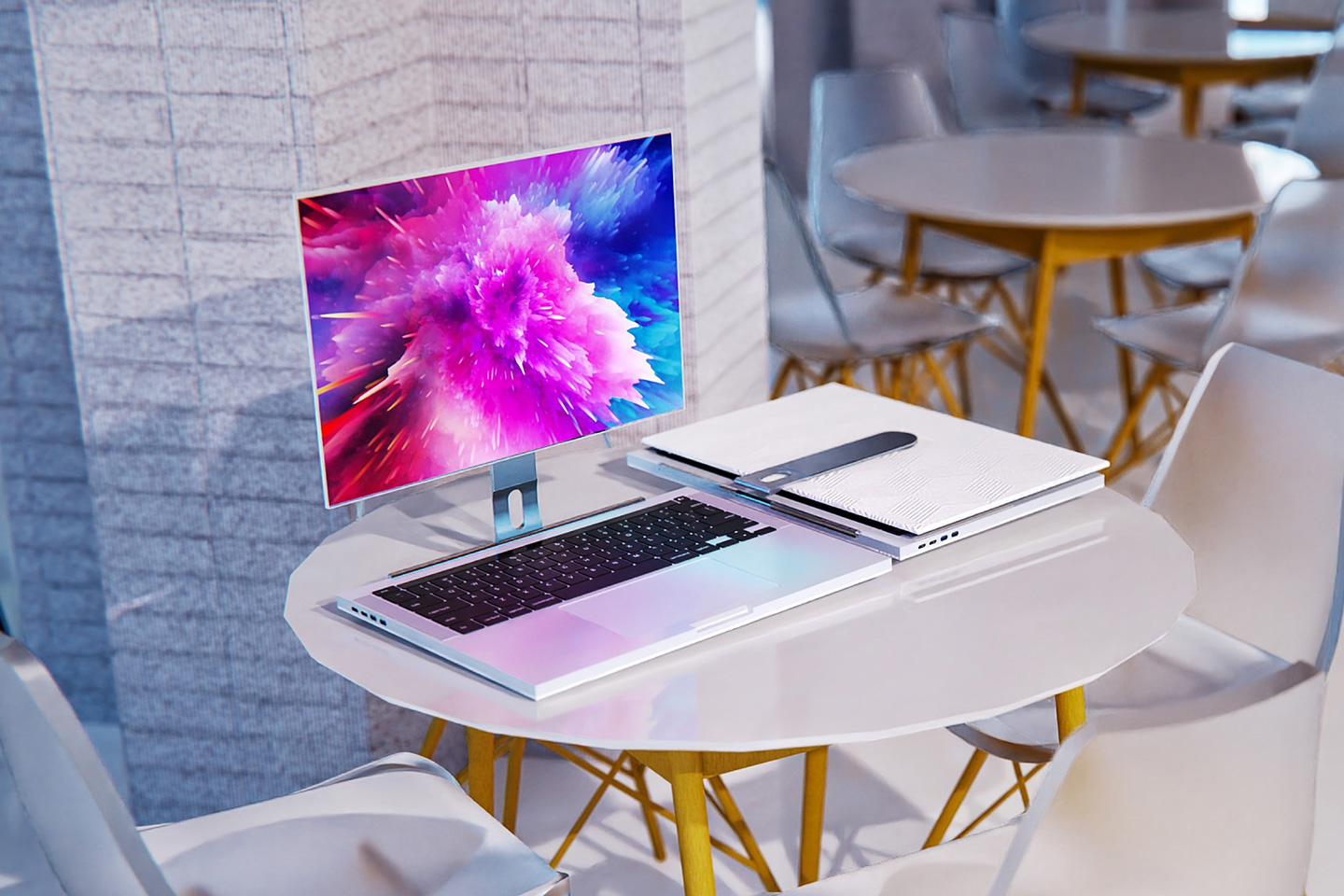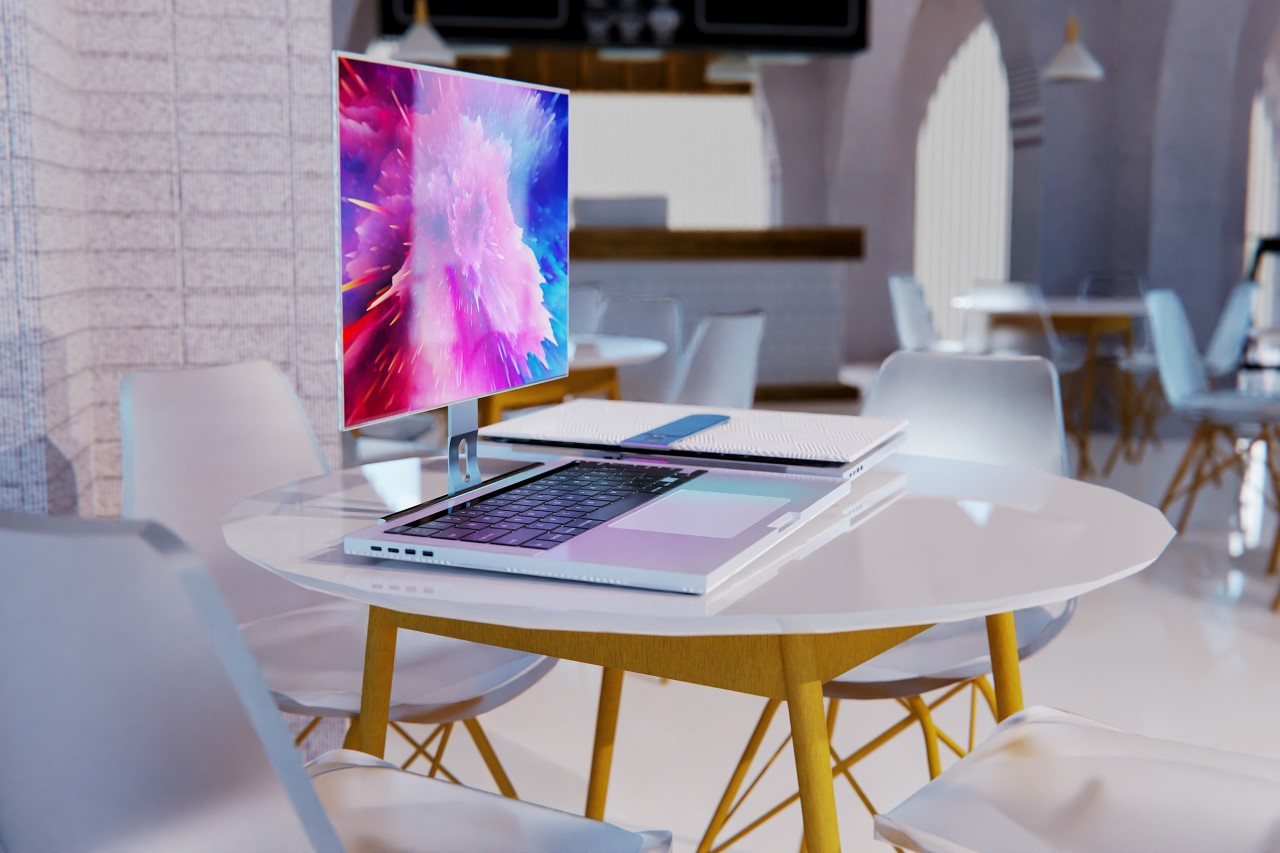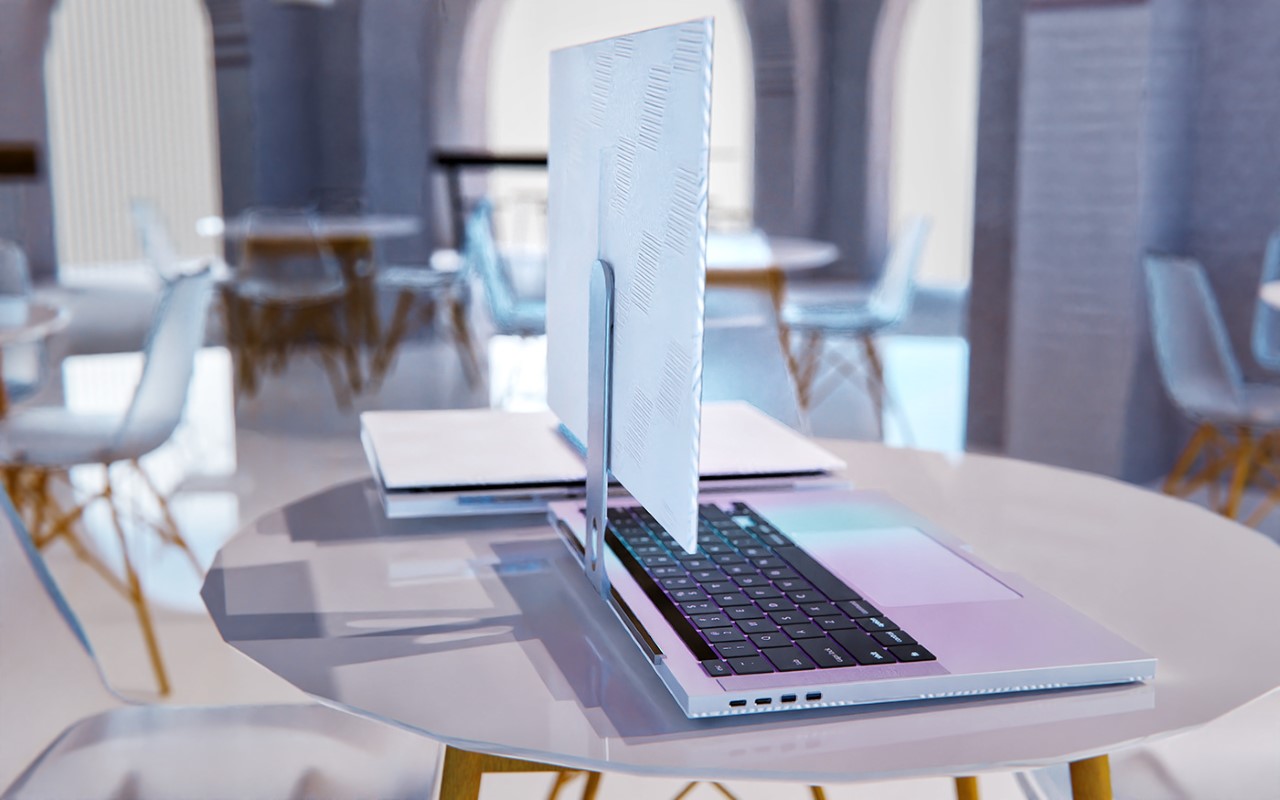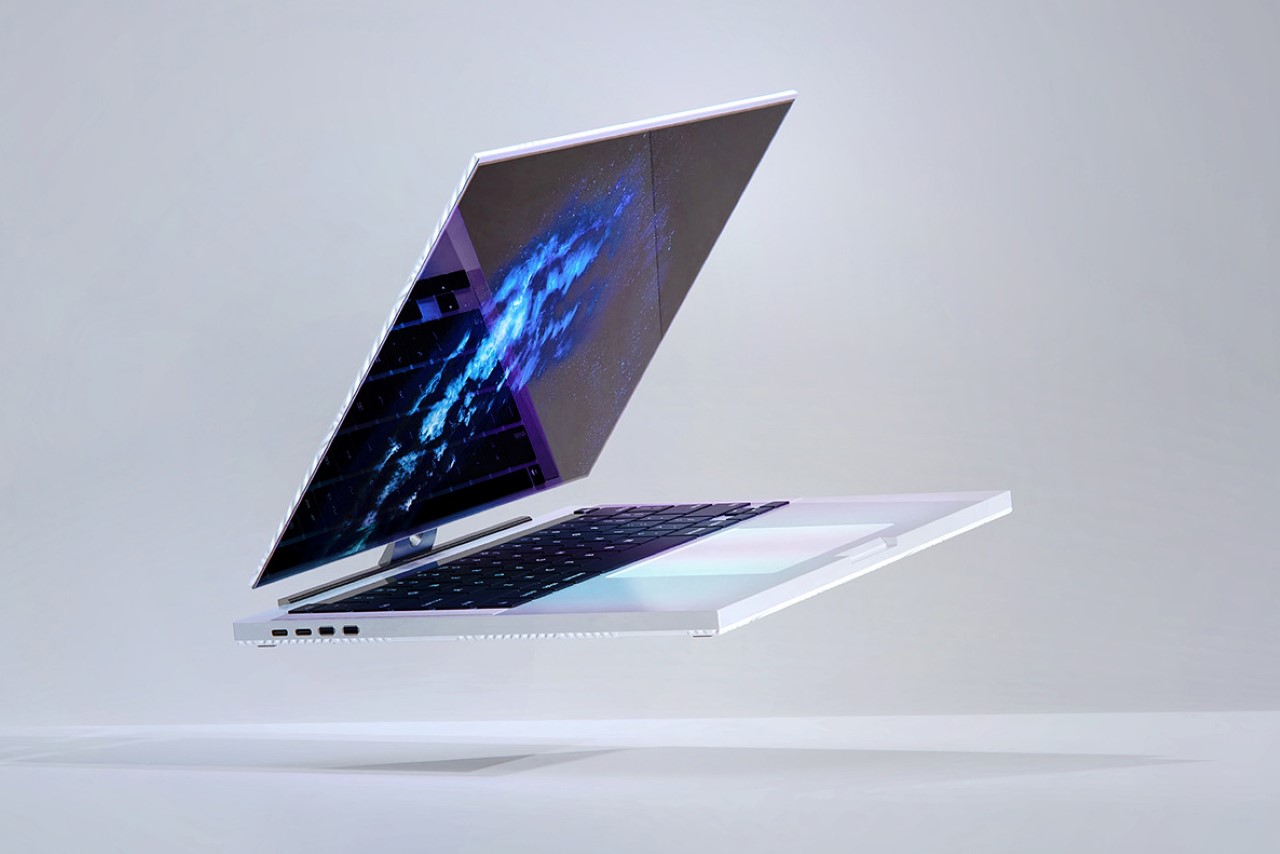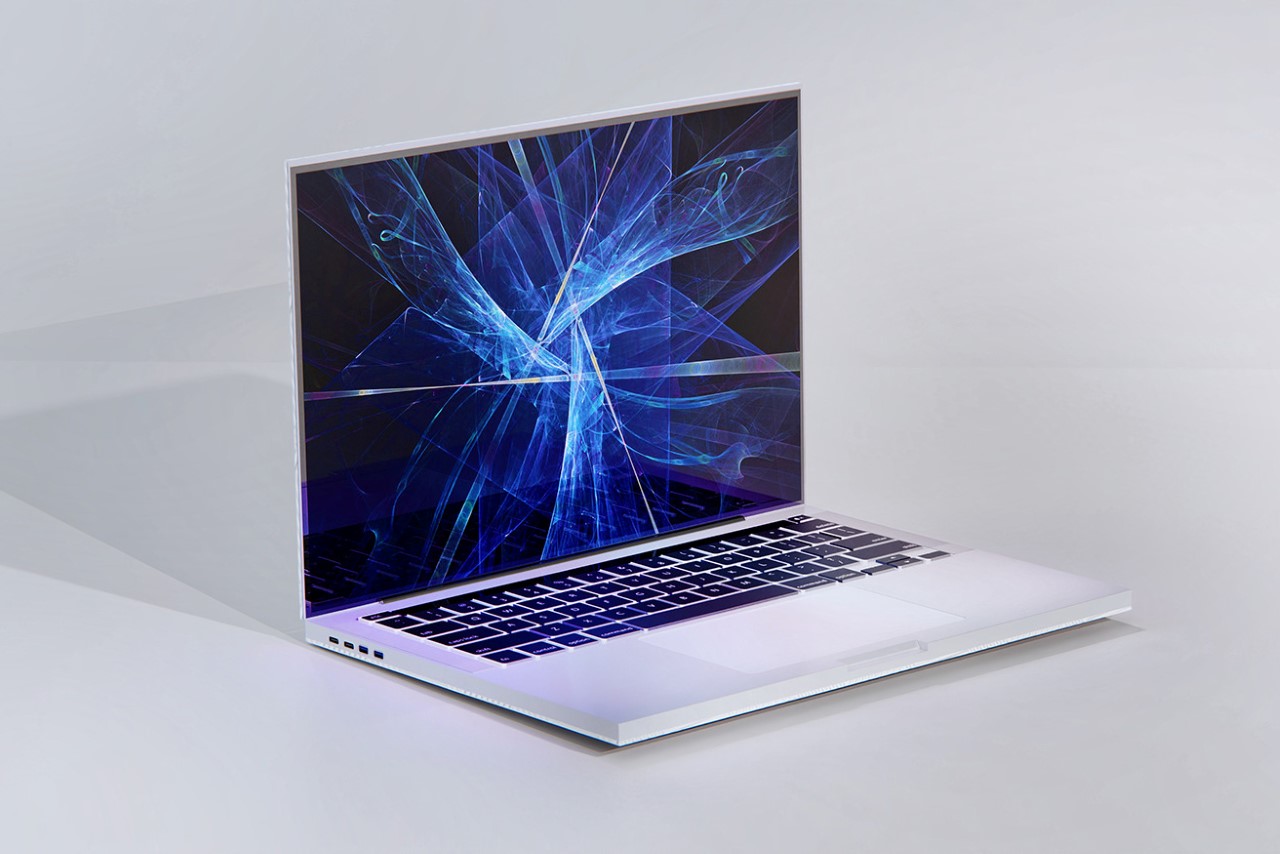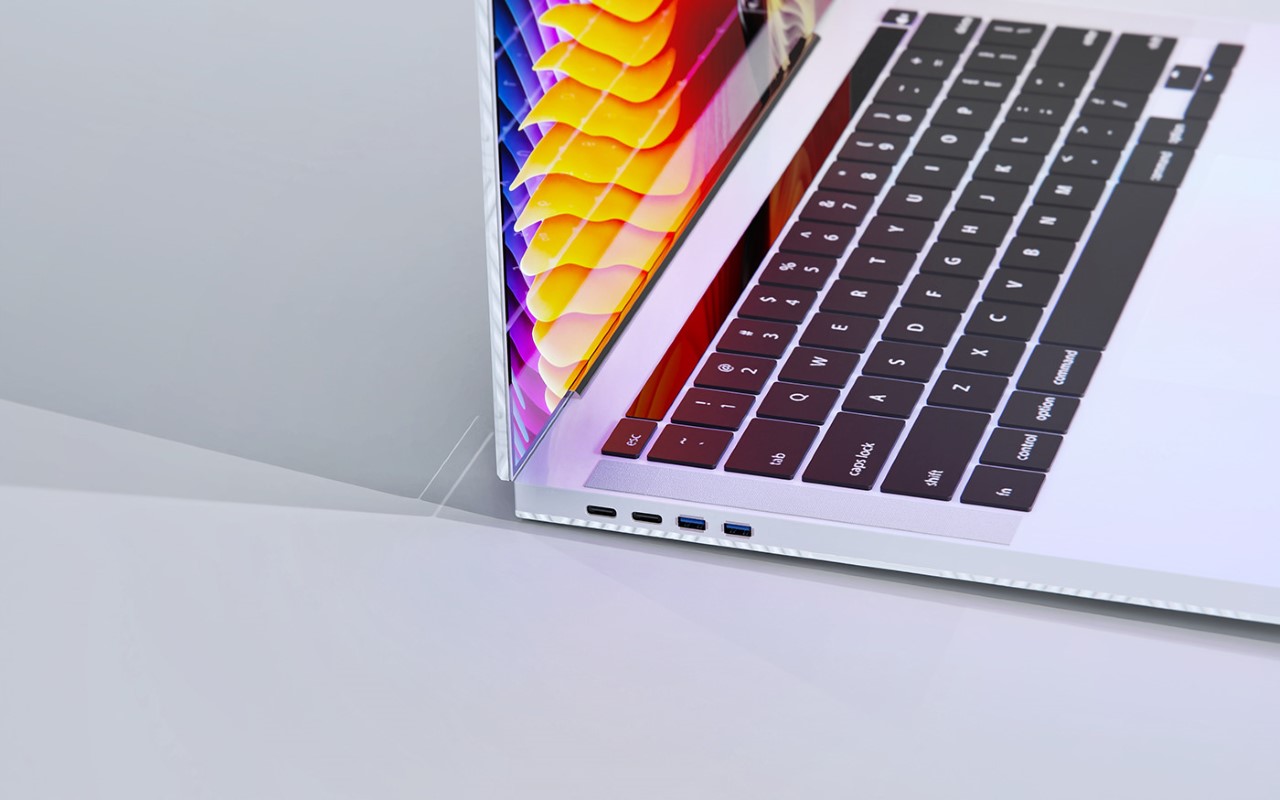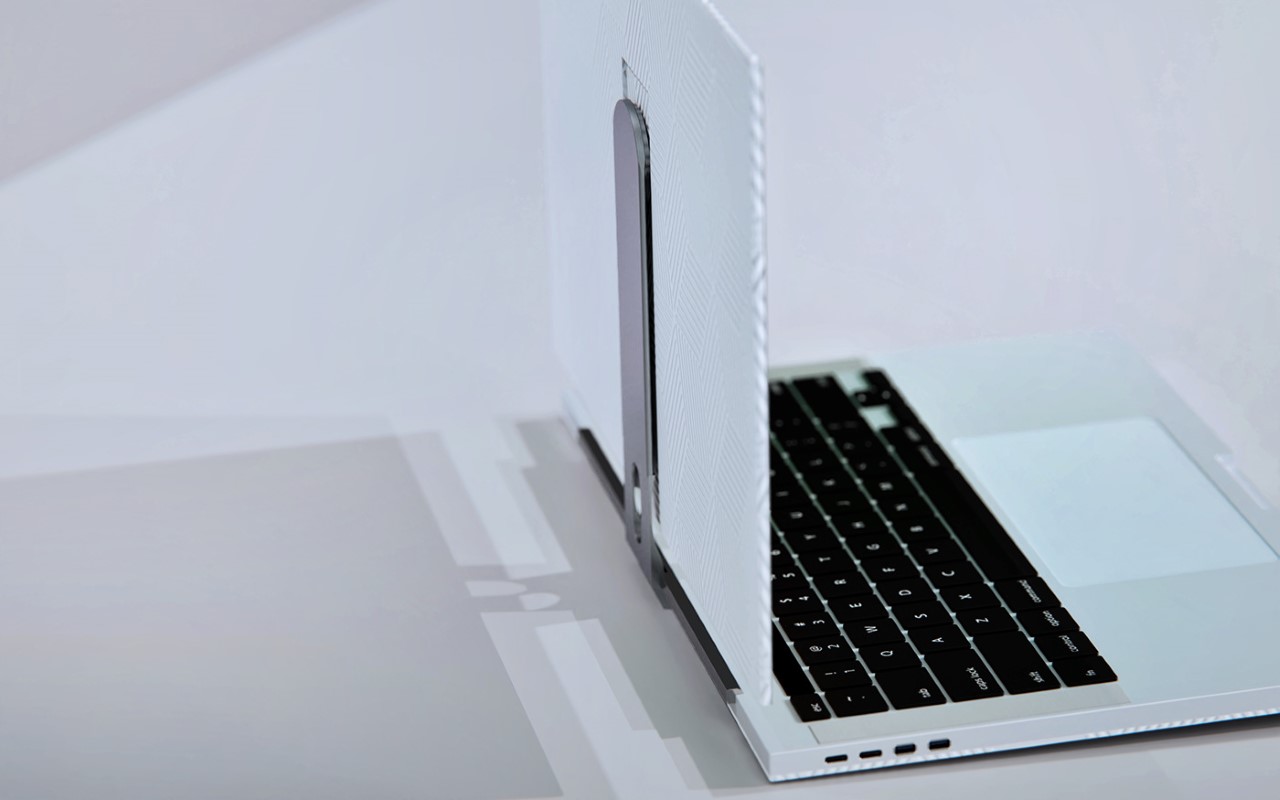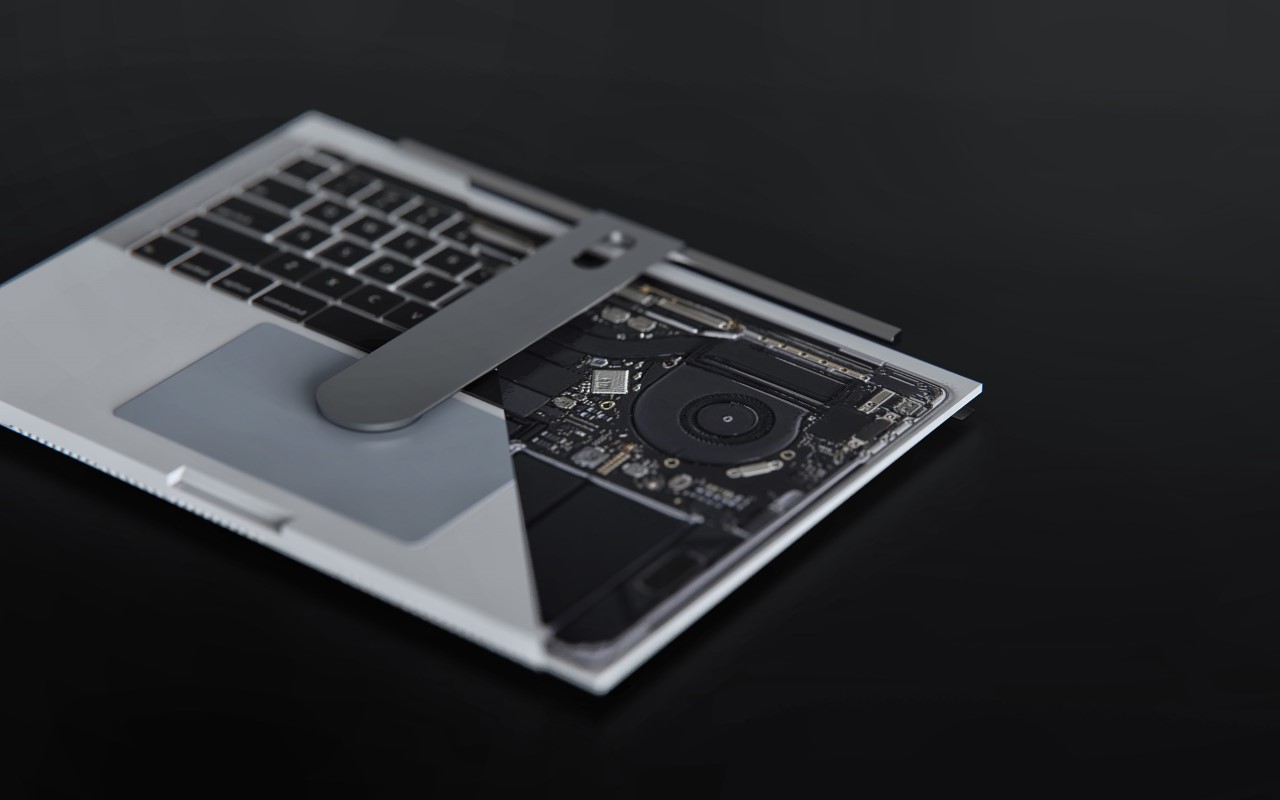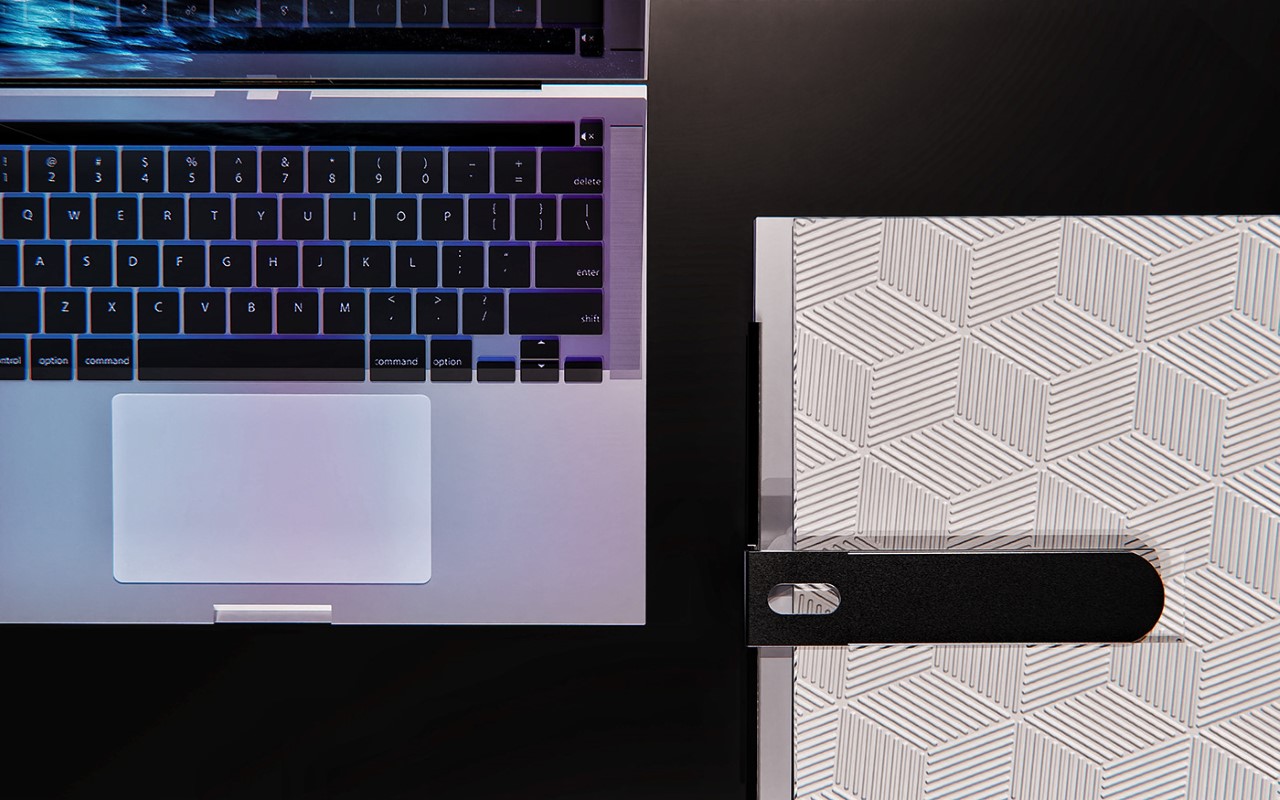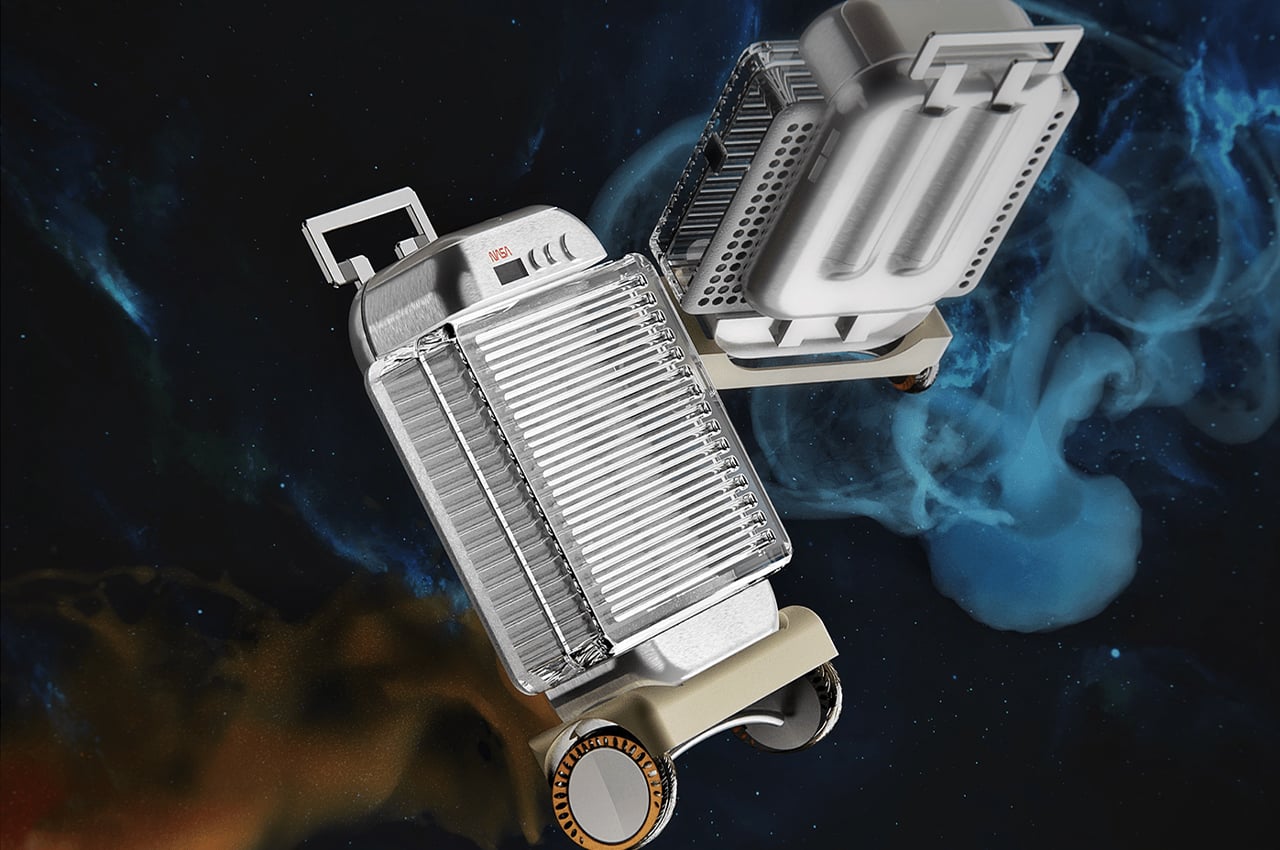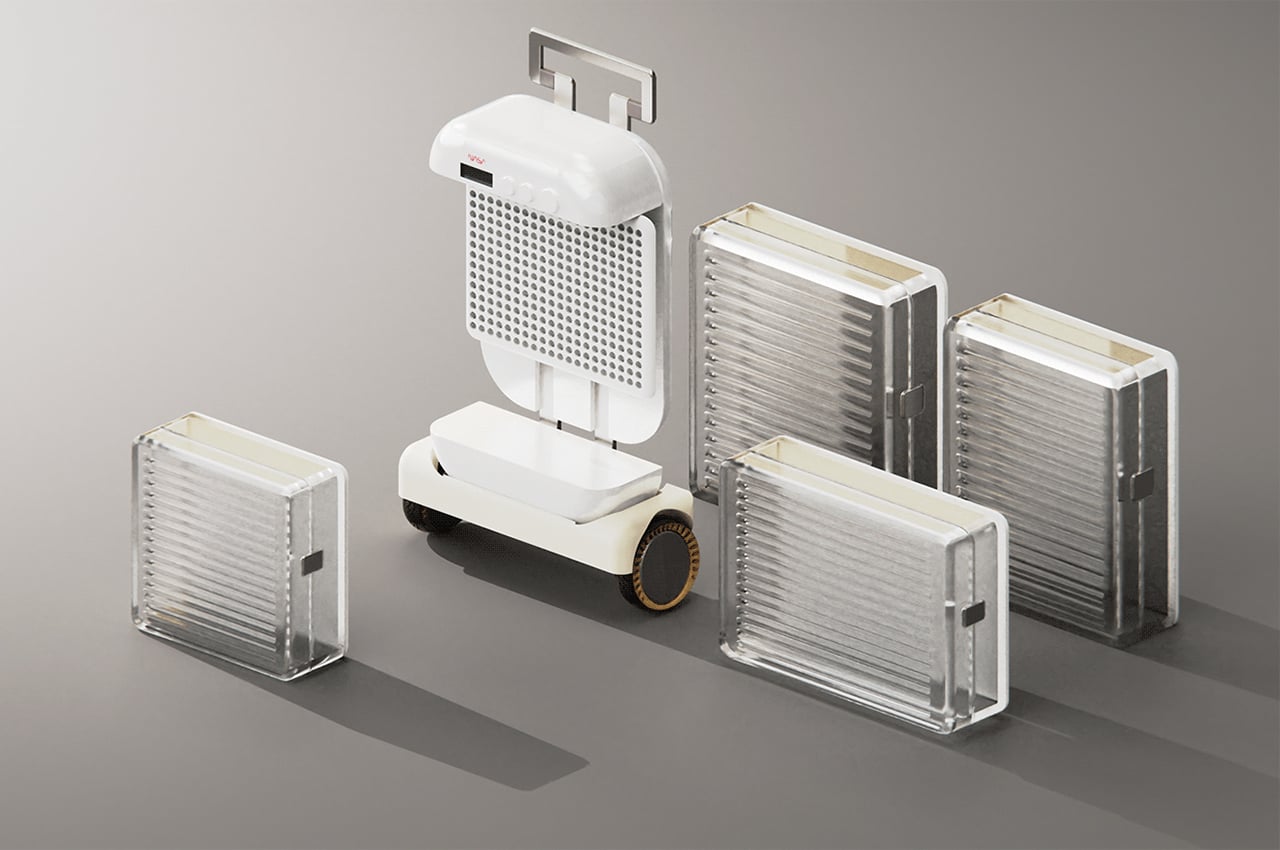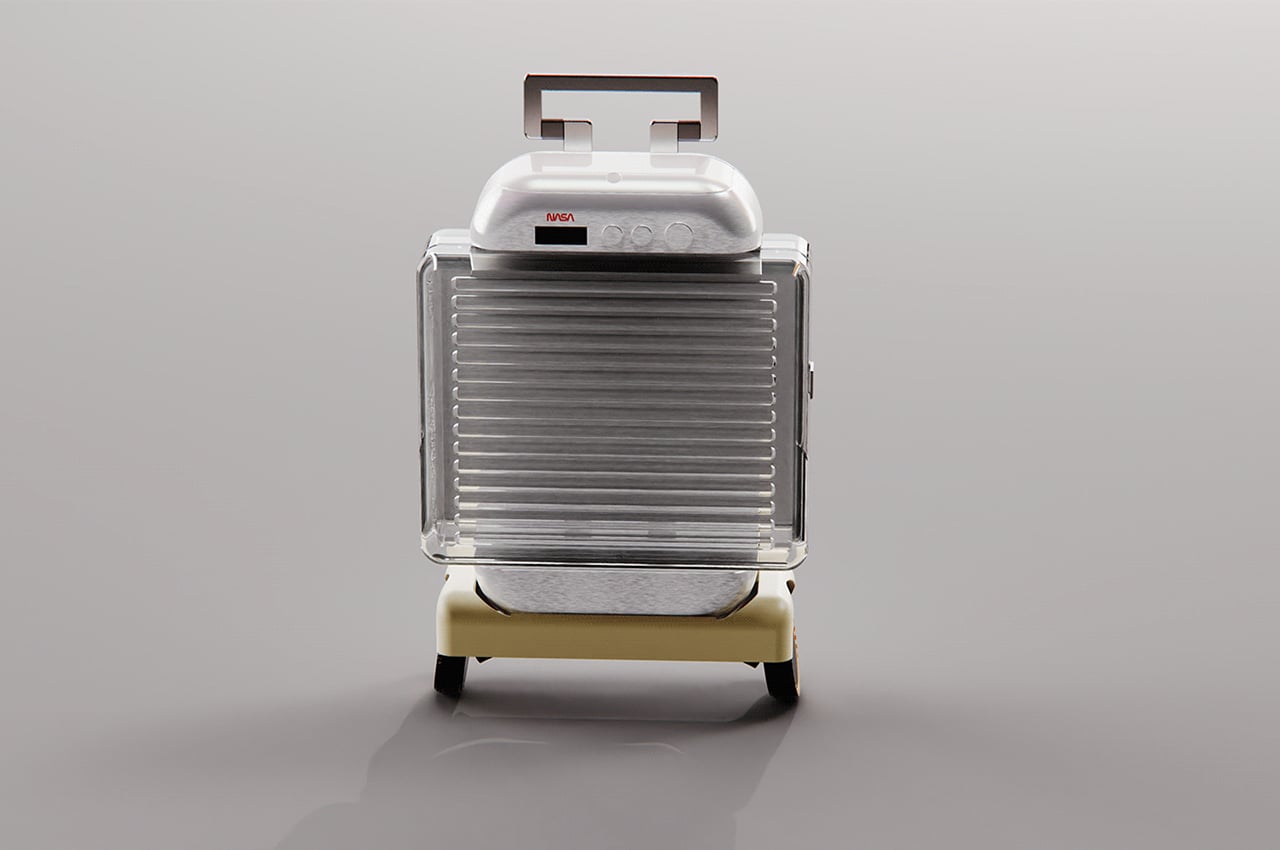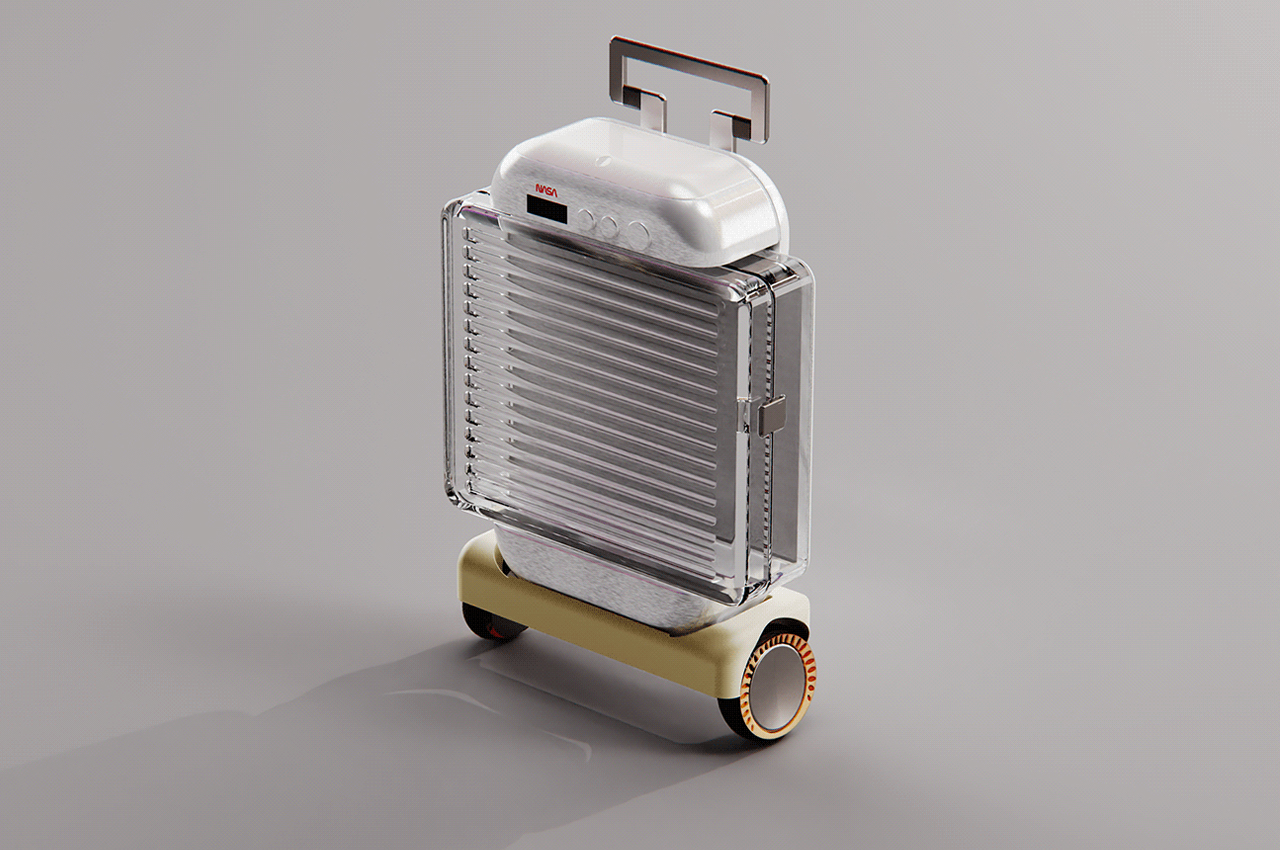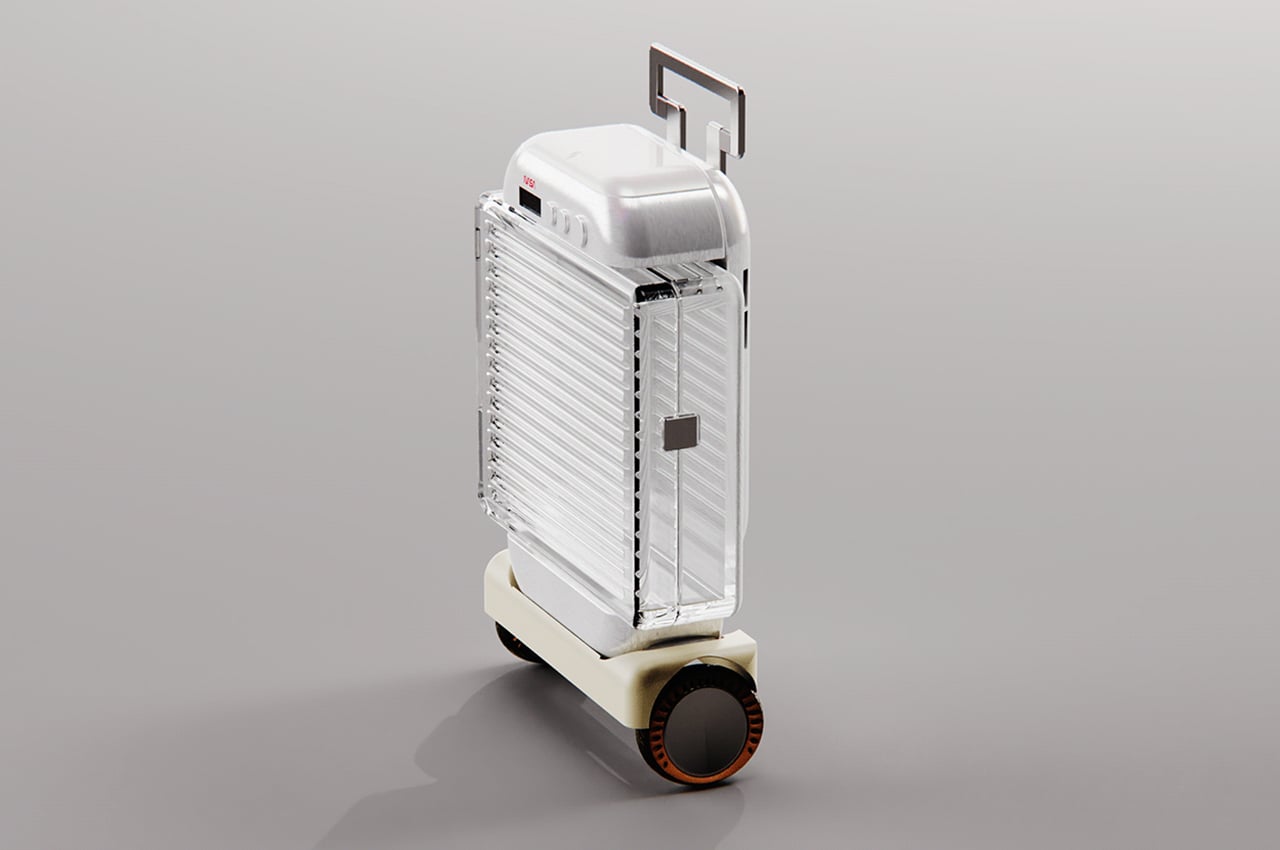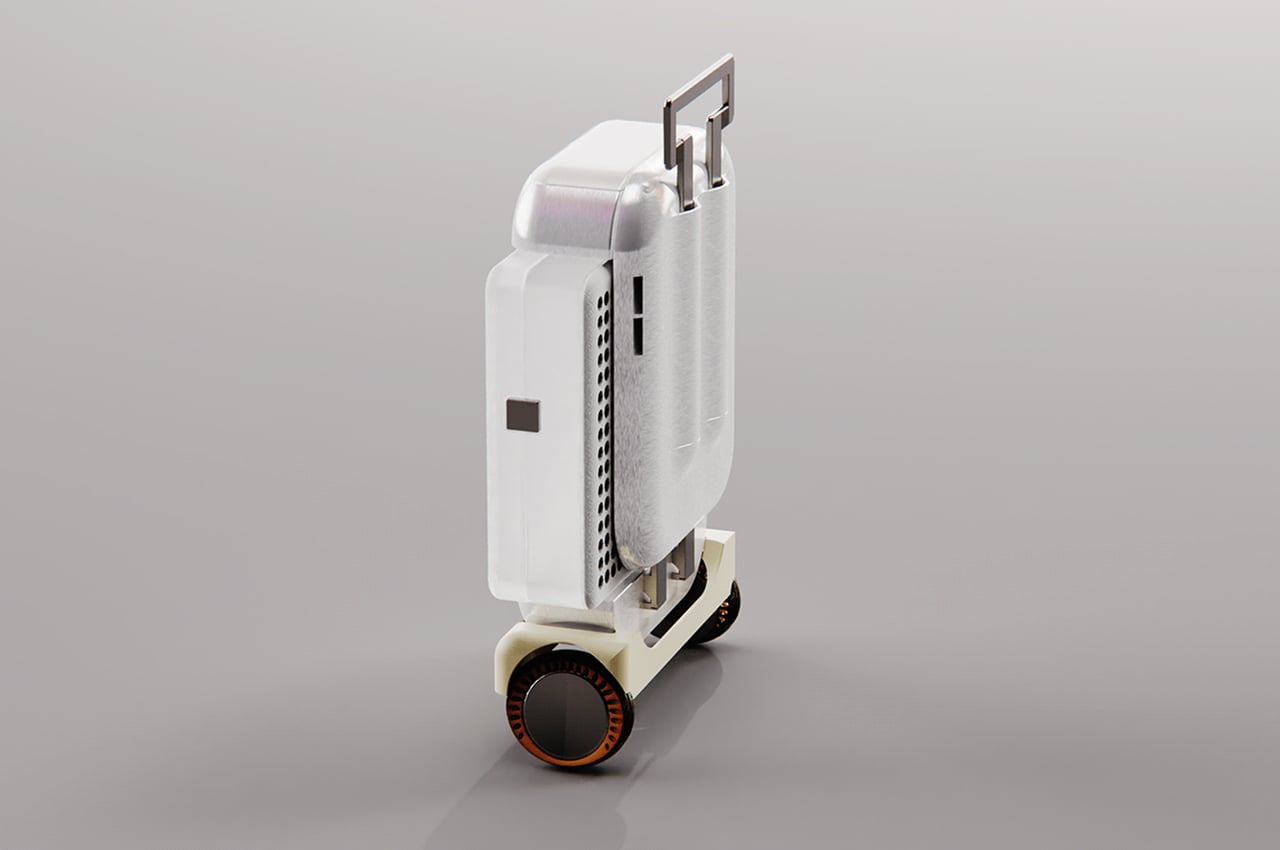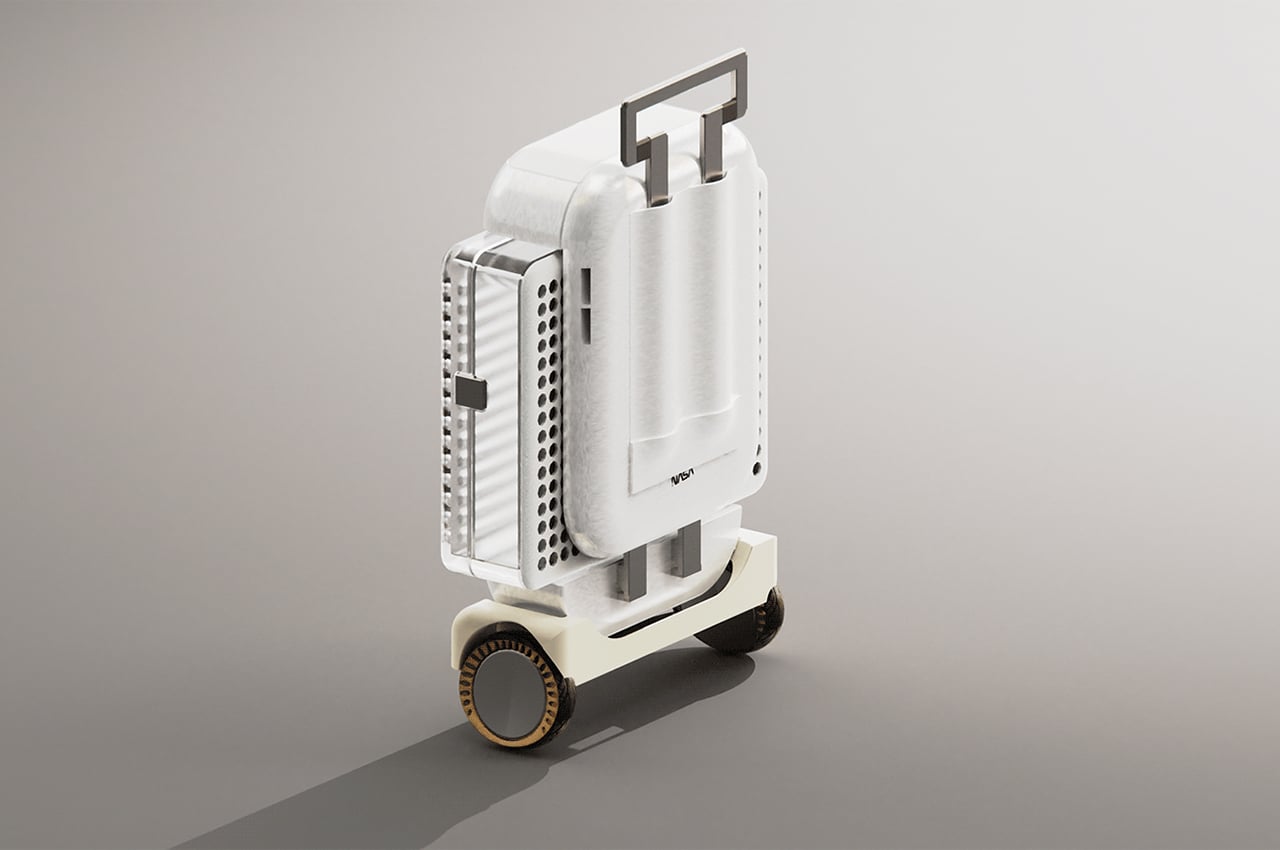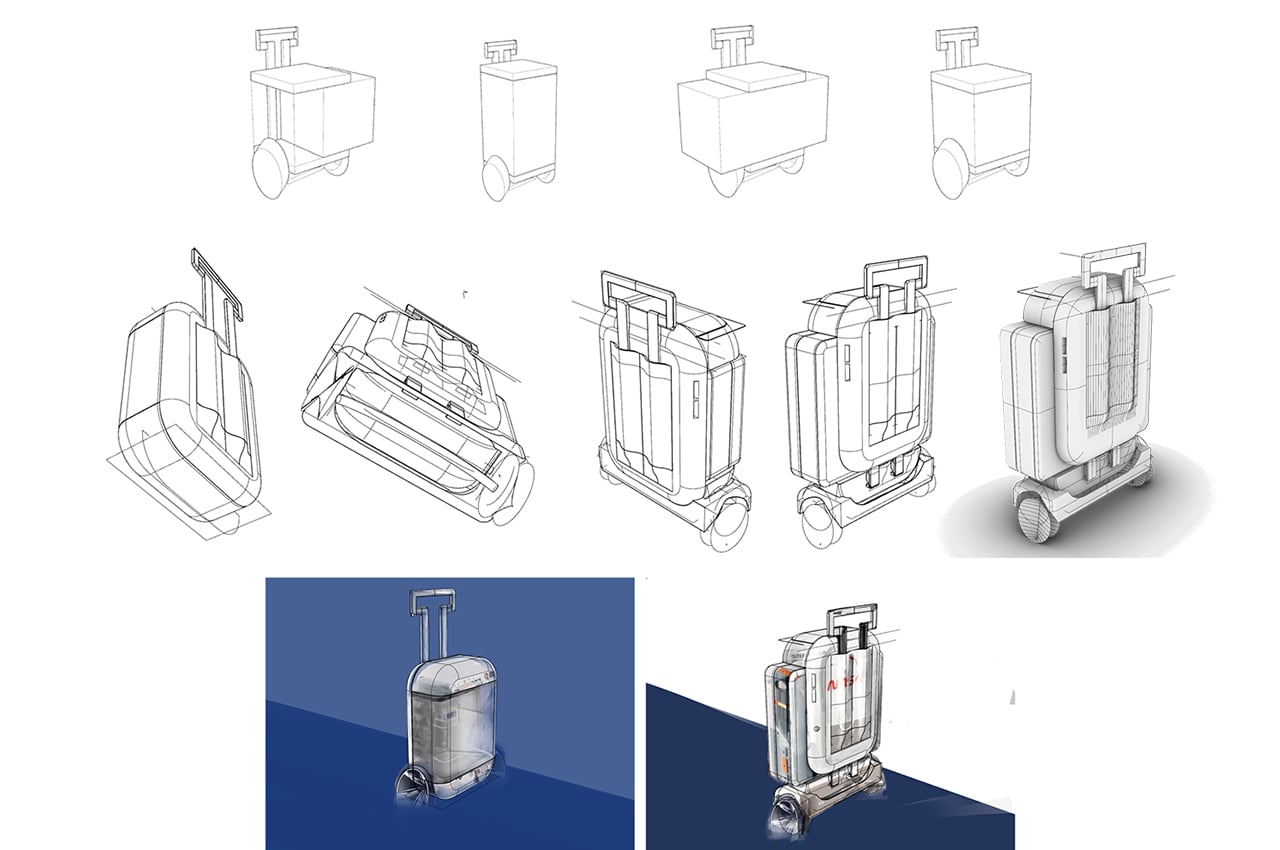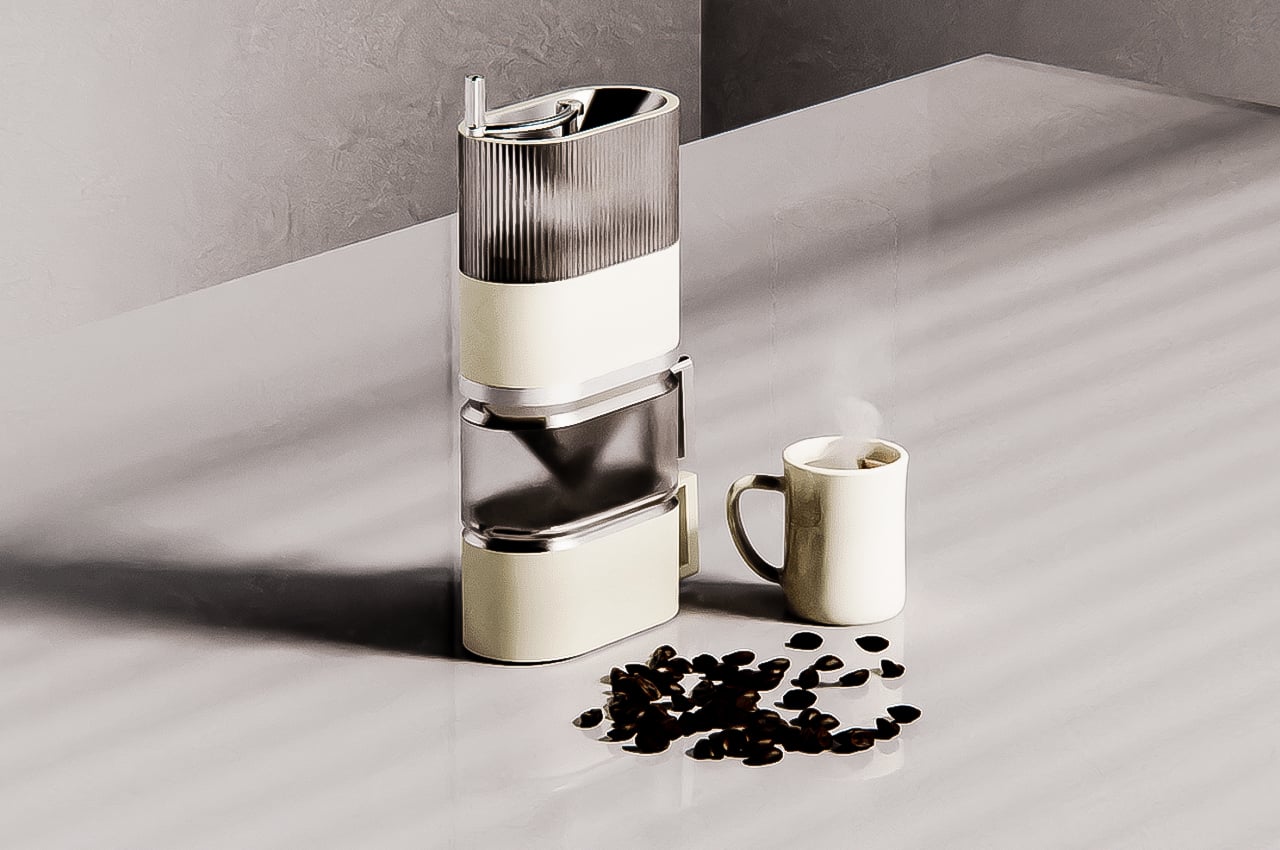
Inspired by the build of Jenga towers, Cenga is a modular, handmade coffee set with a grinder, dripper, and canister included in a single unit.
Since coffee shops closed due to the pandemic, we’ve brought the coffee shops home–grinders, drippers, travel mugs, galore. With so many supplies needed to make a cup of coffee, storing our at-home coffee shops becomes the hard part.

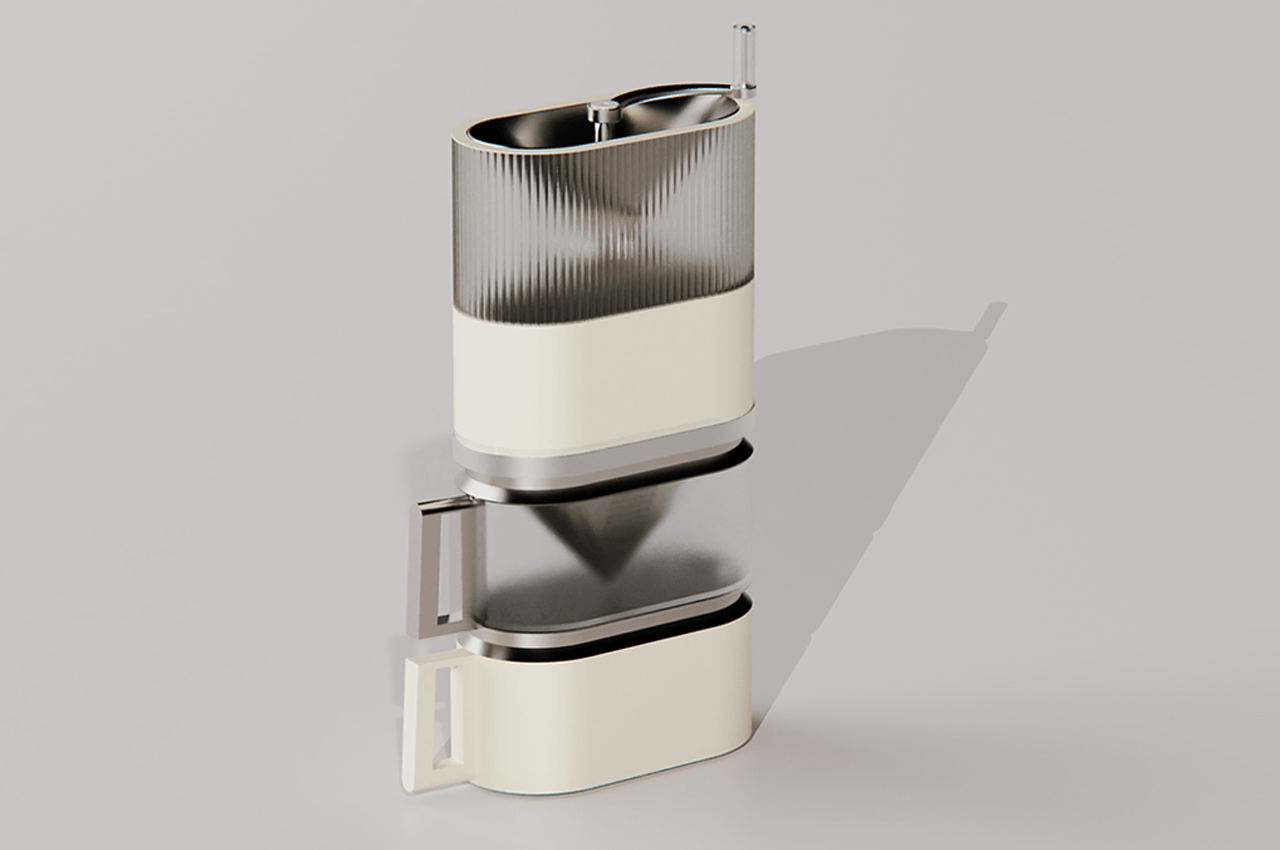
Piled together like a Jenga tower, Cenga is a handmade modular coffee set conceptualized by a team of designers to bring home everything you’d find in a cafe.
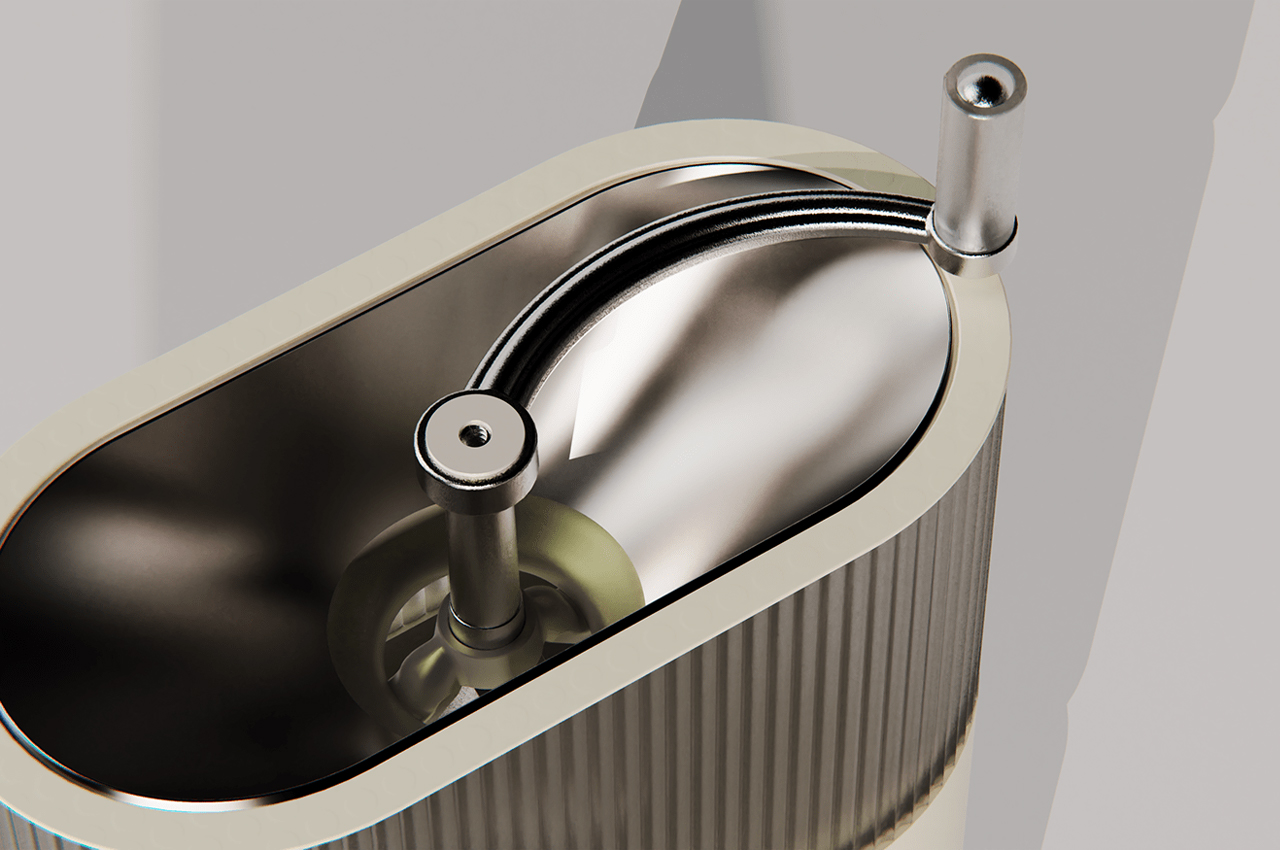

Starting from the top of Cenga, a grinder for coffee beans funnels the grounds into a dripper before heating up some water and dripping that into a canister to serve. Inspired by the stacking method of Jenga blocks, the team of designers combined that with a modular build to optimize the product’s storability and portability.


Cenga’s initial inspiration was found in its portability, allowing users to enjoy coffee shops in the comfort of their own kitchens or even on the go. Narrow by design, Cenga can slip into any kitchen cabinet and still have everything you might need for a hot cup of coffee. The color scheme of Cenga also fits into almost any kitchen. The ribbed glass grinder and translucent coffee canister give Cenga a cozy personality and a fresh look.


Since COVID-19 closed down so many cafes, we’ve been itching for that cup of coffee graced by a barista’s touch. With Cenga, we’re one step closer to having all the joy of an actual cafe stored in a single kitchen cabinet. Stacked into a single unit like a Jenga tower, Cenga comes with a grinder, dripper, and coffee canister.
Designers: Joohyung Park, Seonghwa Lim, Eojin Roh, & Jihye Park

Cenga comes as a single unit for ultimate portability and storability.

Broken down into four parts, Cenga is a modular coffee maker inspired by the build of Jenga blocks.

